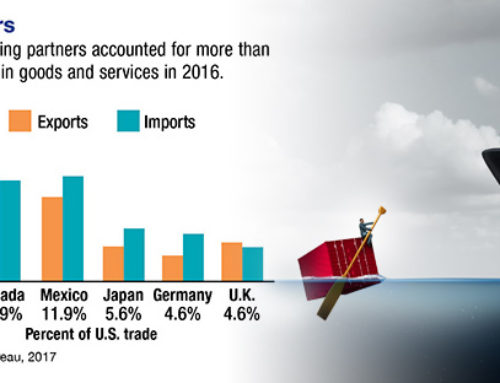Mutual funds are still king of the investment world, but exchange-traded funds (ETFs) have become increasingly popular over the last few years. At the end of 2016, more than $2.5 trillion in assets were invested among over 1,700 ETFs. This is equivalent to about 15% of the assets invested in mutual funds. In 2006, ETF assets were equivalent to only about 4% of mutual fund assets.1
ETFs have some attractive features that set them apart from mutual funds, but there are also cost and risk factors to consider.
Trading Flexibility
Like a mutual fund, an ETF is a portfolio of securities assembled by an investment company. Mutual funds are typically purchased from and sold back to the investment company and priced at the end of the trading day, with the price determined by the net asset value (NAV) of the underlying securities. By contrast, ETFs can be traded throughout the day on stock exchanges, like individual stocks, and the price may be higher or lower than the NAV because of supply and demand.
In relatively calm markets, ETF prices and NAVs are generally close. However, when financial markets become more volatile, ETFs may quickly reflect changes in market sentiment, while NAVs — adjusted once a day — may take longer to react, resulting in ETFs trading at a premium or discount. Most ETFs are passively managed and track an index of securities. Investors can choose from a variety of indexes, ranging from broad-based stock or bond indexes to very specific market sectors. A growing number of actively managed ETFs assemble a non-indexed mix of investments that should reflect the fund’s objectives.
Expenses and Risks
ETFs typically have lower expense ratios than mutual funds. However, you must pay a brokerage commission whenever you buy or sell an ETF, so your overall costs may be higher, especially if you trade frequently. Also, whereas mutual fund assets can typically be exchanged within a fund family, moving assets between ETFs requires selling and buying assets separately.
The trading flexibility of ETFs is part of their appeal, but it could lead some investors to trade more frequently than might be appropriate for their situations. The principal value of ETFs and mutual funds fluctuates with market conditions. Shares, when sold, may be worth more or less than their original cost.
Exchange-traded funds and mutual funds are sold by prospectus. Please consider the investment objectives, risks, charges, and expenses carefully before investing. The prospectus, which contains this and other information about the investment company, can be obtained from your financial professional. Be sure to read the prospectus carefully before deciding whether to invest.






Leave A Comment